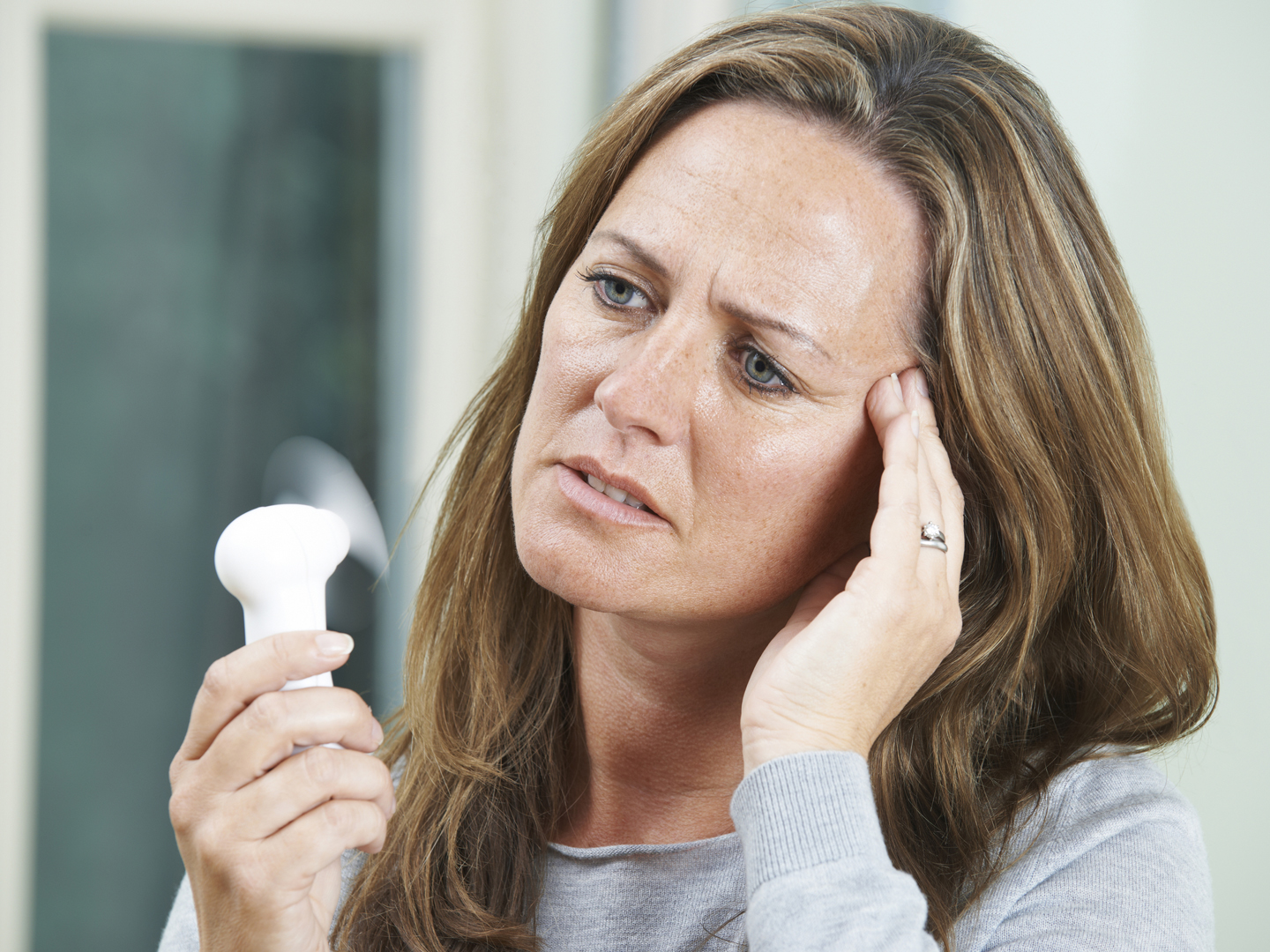No More Pap Tests?
Is it true that women over 30 no longer need Pap tests? If so, why the age cut off?
Andrew Weil, M.D. | August 8, 2018

The Pap test has been used successfully for decades and is responsible for an enormous decline in the rates of cervical cancer since the medical community adopted its use clinically in 1941. For the test, cells are scraped from the cervix and examined for precancerous changes.
The latest news about the Pap test has to do with a recommendation by the U.S. Preventive Services Task Force that gives women the following options for cervical cancer screening:
- A Pap test every three years for women between the ages of 21 and 29, and as an option for women age 30 to 65.
- An HPV test every five years for women age 30 to 65. HPV stands for the human papillomavirus, certain strains of which are responsible for about 90 percent of cervical cancers.
- Both tests every five years for women age 30 to 65.
Both tests involve collecting a sample of cells from the cervix and the patient experience is the same. In the past, the task force recommended that women ages 30 to 65 have both tests every five years. The combination is no longer considered preferable because it can result in excessive testing. In addition, studies show that testing for high-risk HPV strains detects a higher rate of precancerous lesions in the cervix.
The task force didn’t recommend HPV testing for women under 30, because while almost everyone picks up the virus, in 99 percent of cases, the infection clears up on its own. A spokesperson for the American Cancer Society has said that for young women it would be unnecessarily alarming to find HPV, since in all likelihood it will disappear without causing trouble.
Not all women need to be screened. According to the task force, those under 21 don’t need it, nor do women whose cervix has been removed in the course of a hysterectomy. Women age 65 and older who have been screened regularly in the past with negative results and are not at high risk of HPV don’t need testing either. Otherwise, regular screening is important.
The American Cancer Society (ACS) estimates that about 13,240 new cases of invasive cervical cancer will be diagnosed this year (2018) and that about 4,170 women will die from the disease during the year. Most of those cases will likely occur in women who have not been screened at all. The ACS notes that cervical cancer once was one of the most common causes of cancer death for American women, but that thanks to the Pap test, the death rate dropped by almost 70 percent between 1955 and 1992. In the U.S. today, Hispanic women are most likely to get cervical cancer, followed by African-Americans, Asians and Pacific Islanders, and whites. American Indians and Alaskan natives have the lowest risk.
Andrew Weil, M.D.
Source:
Lee A. Learman et al, “Screening for Cervical Cancer: New Tools and New Opportunities.” JAMA, July 3, 2018 DOI: 10.1001/jama.2018.11004











